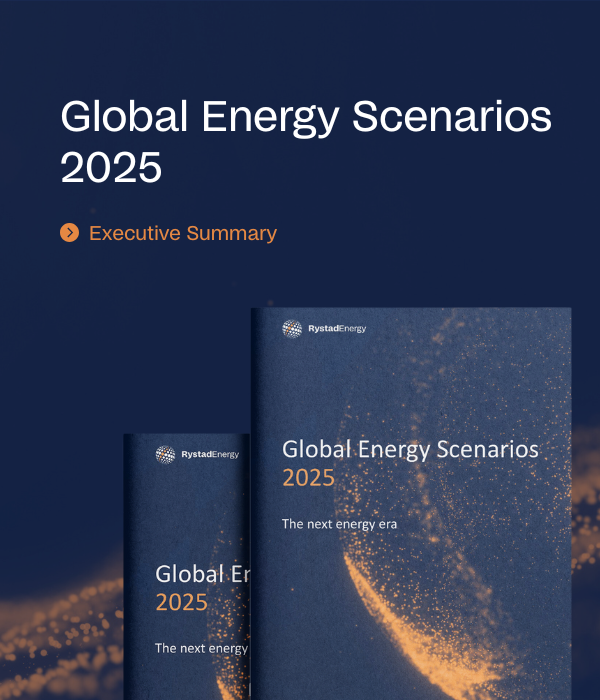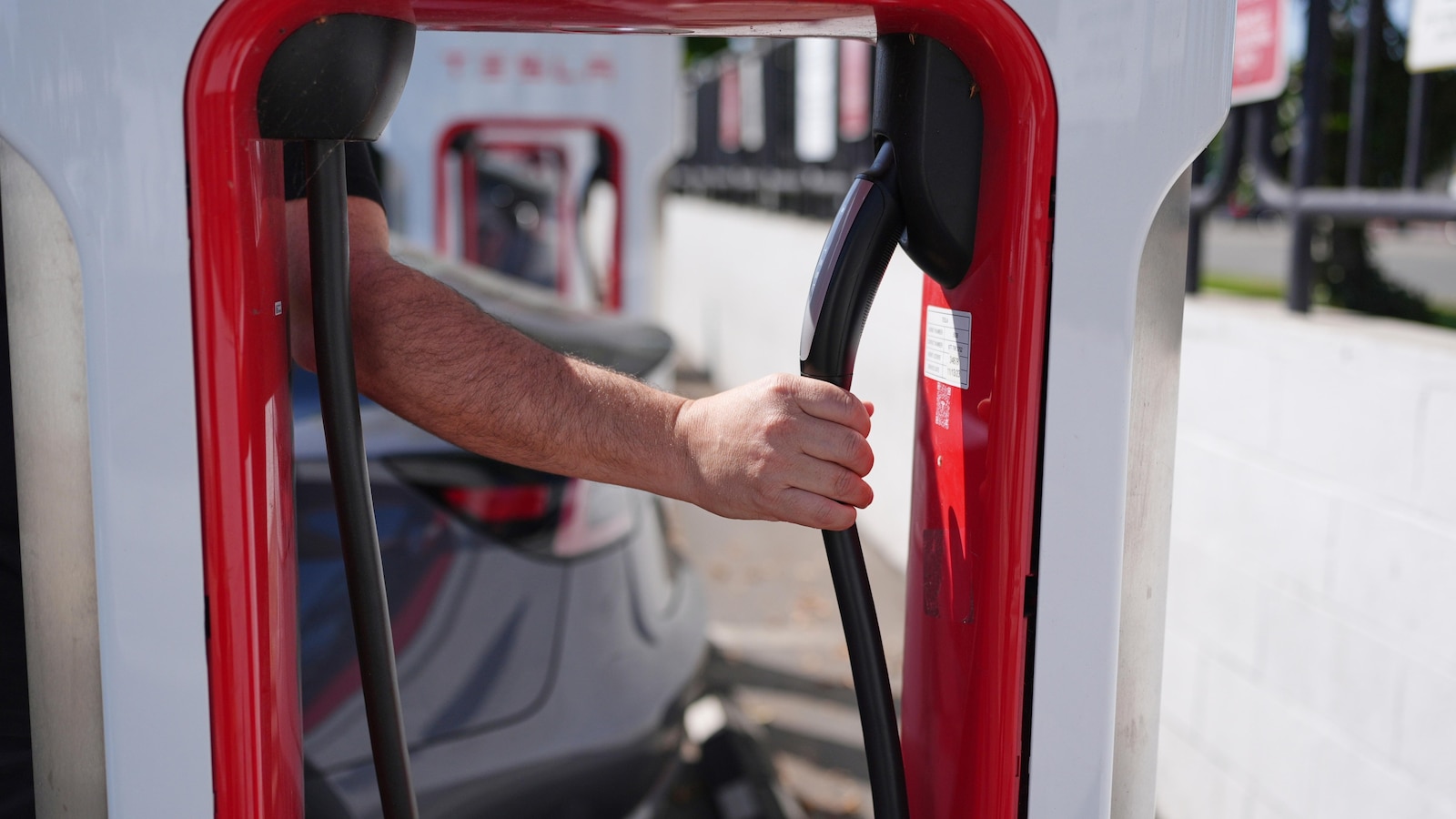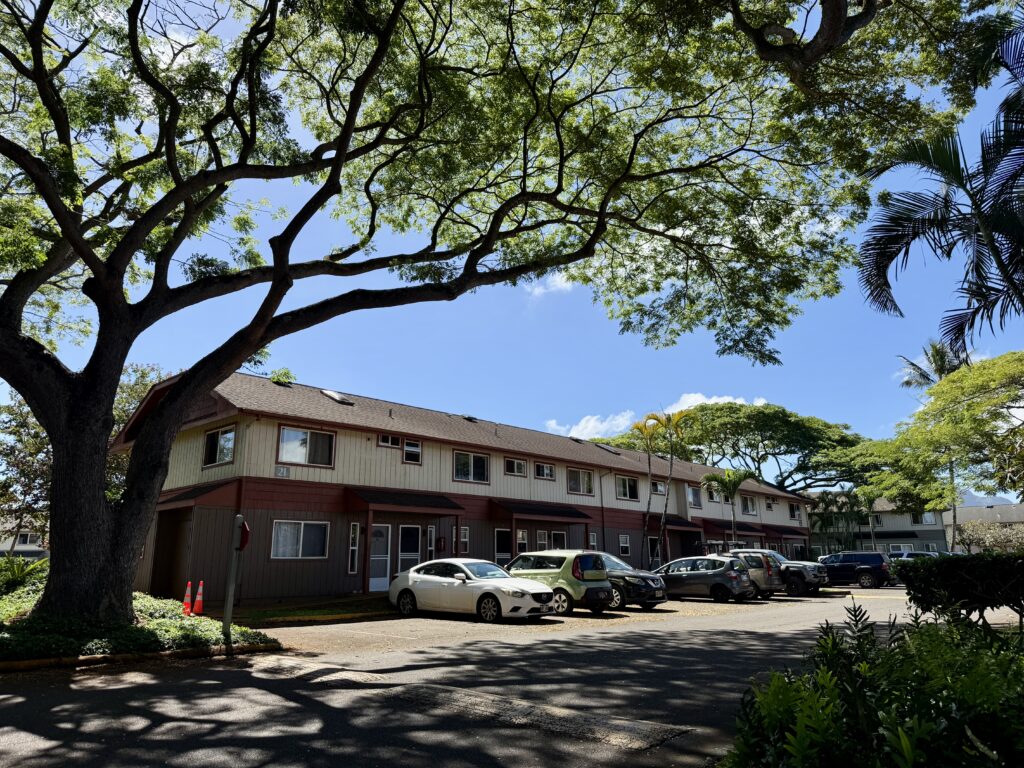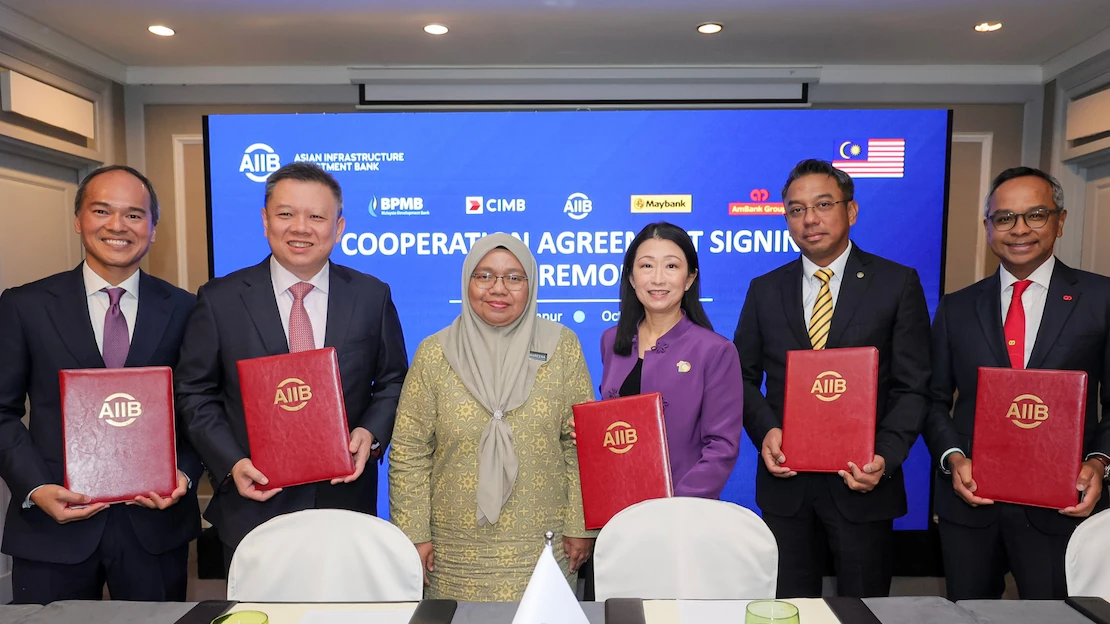ENDING MARKET DISTORTING SUBSIDIES FOR UNRELIABLE, FOREIGN CONTROLLED ENERGY SOURCES – The White House (.gov)

Report on the Executive Order for Advancing U.S. Energy and Resource Development
Introduction and Background
The Executive Order issued on January 20, 2025, aims to revitalize the United States’ energy and natural resource sectors by removing regulatory burdens and promoting economic growth. This initiative aligns with several Sustainable Development Goals (SDGs), including SDG 7 (Affordable and Clean Energy), SDG 8 (Decent Work and Economic Growth), SDG 9 (Industry, Innovation, and Infrastructure), and SDG 12 (Responsible Consumption and Production).
Policy Objectives
- Energy Exploration and Production: Encourage exploration and production on Federal lands and waters to secure reliable and affordable energy, supporting SDG 7.
- Mineral Production Leadership: Establish the U.S. as a leading producer of non-fuel minerals, including rare earth minerals, to create jobs and strengthen supply chains (SDG 8, SDG 9).
- Economic and National Security: Ensure abundant energy supply to protect economic and military security (SDG 16 – Peace, Justice, and Strong Institutions).
- Regulatory Clarity: Ground all energy-related regulations in clear legal frameworks to promote transparency and efficiency.
- Consumer Choice: Eliminate electric vehicle mandates and promote consumer choice in vehicles and appliances to foster innovation and market competition (SDG 9, SDG 12).
- Market Competition: Safeguard freedom of choice in consumer goods and appliances, encouraging innovation and sustainable production.
- Regulatory Impact Transparency: Separate global effects from domestic costs and benefits in regulatory evaluations to prioritize American interests.
- Public Participation and Scientific Rigor: Ensure public comment opportunities and peer-reviewed scientific analysis in agency actions.
- Funding Compliance: Prohibit Federal funding that contradicts these policy principles unless required by law.
Review and Revision of Agency Actions
- All agencies must review existing regulations and policies to identify and address undue burdens on domestic energy resource development, focusing on oil, natural gas, coal, hydropower, biofuels, critical minerals, and nuclear energy.
- Action plans to suspend, revise, or rescind burdensome regulations must be developed and implemented within 30 days.
- Coordination with the Attorney General is required to manage litigation related to these actions.
Revocation of Previous Executive Orders and Programs
- Several prior Executive Orders related to climate change and environmental justice are revoked, including those focused on the climate crisis, clean energy, and environmental justice initiatives.
- The American Climate Corps and associated programs are terminated immediately.
- Resources allocated to abolished programs will be redirected or disposed of in accordance with the law.
Permitting and Regulatory Efficiency
- Revocation of Executive Order 11991 to facilitate environmental quality protection reform.
- The Council on Environmental Quality (CEQ) will provide guidance to expedite National Environmental Policy Act (NEPA) implementation and propose rescinding existing NEPA regulations to simplify permitting.
- Agency heads are tasked with eliminating delays in permitting processes, prioritizing projects essential to the economy and national security.
- Recommendations to Congress will be prepared to streamline interstate energy infrastructure permitting and judicial review processes.
Environmental Analysis and Scientific Integrity
- Agencies must adhere strictly to legislated environmental requirements using robust, unbiased methodologies.
- The Interagency Working Group on the Social Cost of Greenhouse Gases is disbanded, and related guidance is withdrawn.
- The Environmental Protection Agency (EPA) will issue guidance addressing deficiencies in the social cost of carbon calculations and consider eliminating its use in federal decisions.
- Agencies will align greenhouse gas emission valuation with established regulatory analysis guidelines.
Financial Disbursement and Program Review
- Disbursement of funds from the Inflation Reduction Act of 2022 and the Infrastructure Investment and Jobs Act is paused pending review for legal and policy consistency.
- Agencies must prioritize cost-effectiveness, support for American workers and businesses, and prudent use of taxpayer funds in procurement and leasing decisions.
- Reports on enforcement discretion to advance policy goals are required within 30 days.
National Security and Energy Export
- The Secretary of Energy will expedite reviews of liquefied natural gas (LNG) export applications, considering economic, employment, and allied security impacts.
- The Maritime Administration will assess environmental impacts of LNG deepwater port projects and issue licenses accordingly.
Restoring Mineral Dominance
- Agencies will identify and revise actions that burden domestic mining and processing of non-fuel minerals.
- Public land withdrawals will be reassessed for potential revision.
- The U.S. Geological Survey will update the list of critical minerals, including uranium.
- Efforts to accelerate geologic mapping for critical mineral deposits will be prioritized.
- Federal support for critical mineral projects will be considered based on appropriations.
- Trade and national security assessments related to mineral supply chains and forced labor will be conducted.
- Recommendations to enhance competitiveness of American mining and refining companies will be submitted within 60 days.
- Opportunities to advance domestic mining through international partnerships will be explored.
General Provisions
- The order respects existing legal authorities and budgetary functions.
- Implementation is subject to applicable law and funding availability.
- The order does not create enforceable rights or benefits against the United States or its entities.
Conclusion
This Executive Order represents a strategic shift towards enhancing the United States’ energy independence, economic growth, and national security while emphasizing regulatory efficiency and consumer choice. The alignment with Sustainable Development Goals underscores a commitment to fostering innovation, responsible resource management, and economic prosperity.
1. Sustainable Development Goals (SDGs) Addressed or Connected
- SDG 7: Affordable and Clean Energy
- The article emphasizes unleashing America’s affordable and reliable energy and natural resources, promoting energy exploration and production.
- SDG 8: Decent Work and Economic Growth
- Focus on job creation, economic prosperity, and strengthening supply chains through mineral production and energy sectors.
- SDG 9: Industry, Innovation, and Infrastructure
- Encouragement of infrastructure development, including energy transportation and permitting processes.
- SDG 12: Responsible Consumption and Production
- Promotion of consumer choice in vehicles and appliances, market competition, and innovation in manufacturing.
- SDG 13: Climate Action
- Although the article revokes climate-related executive orders and disbands groups focused on greenhouse gas social costs, it addresses environmental analyses and regulatory processes related to climate.
- SDG 16: Peace, Justice, and Strong Institutions
- Ensuring regulatory requirements are grounded in law, public comment opportunities, and judicial review streamlining.
- SDG 17: Partnerships for the Goals
- International cooperation through trade assessments and the Quadrilateral Security Dialogue for mineral processing and supply chains.
2. Specific Targets Under Identified SDGs
- SDG 7: Affordable and Clean Energy
- Target 7.1: By 2030, ensure universal access to affordable, reliable, and modern energy services (implied through promoting energy exploration and production).
- Target 7.a: Enhance international cooperation to facilitate access to clean energy research and technology (implied through global energy leadership and supply chain strengthening).
- SDG 8: Decent Work and Economic Growth
- Target 8.2: Achieve higher levels of economic productivity through diversification, technological upgrading, and innovation (job creation in energy and minerals sectors).
- Target 8.8: Protect labor rights and promote safe working environments (implied in promoting American workers and businesses).
- SDG 9: Industry, Innovation, and Infrastructure
- Target 9.1: Develop quality, reliable, sustainable, and resilient infrastructure (expedited permitting and infrastructure development).
- Target 9.4: Upgrade infrastructure and retrofit industries to make them sustainable (implied in promoting mineral processing and energy infrastructure).
- SDG 12: Responsible Consumption and Production
- Target 12.8: Ensure that people have relevant information and awareness for sustainable development and lifestyles (consumer choice and market competition).
- SDG 13: Climate Action
- Target 13.2: Integrate climate change measures into national policies, strategies, and planning (implied through environmental analyses and regulatory processes, though the article seeks to revise climate-related policies).
- SDG 16: Peace, Justice, and Strong Institutions
- Target 16.6: Develop effective, accountable, and transparent institutions at all levels (regulatory requirements grounded in law, public comment, and peer-reviewed analysis).
- Target 16.10: Ensure public access to information and protect fundamental freedoms (public comment opportunities).
- SDG 17: Partnerships for the Goals
- Target 17.11: Increase exports of developing countries, in particular with a view to doubling the least developed countries’ share of global exports (implied through trade assessments and international cooperation on minerals).
- Target 17.16: Enhance the Global Partnership for Sustainable Development (Quadrilateral Security Dialogue cooperation).
3. Indicators Mentioned or Implied to Measure Progress
- Energy Production and Access Indicators
- Measures of energy exploration and production volumes on federal lands and waters.
- Availability and affordability of electricity to citizens.
- Economic and Employment Indicators
- Job creation numbers in energy and mineral sectors.
- Economic productivity and growth rates related to energy and mineral industries.
- Infrastructure Development Indicators
- Number and speed of permitting approvals for energy infrastructure projects.
- Completion rates of interstate energy transportation infrastructure.
- Consumer Choice and Market Competition Indicators
- Variety and availability of vehicles and appliances in the market.
- Levels of subsidies or regulatory barriers affecting consumer choices.
- Environmental and Regulatory Indicators
- Number of agency actions reviewed, suspended, revised, or rescinded related to energy and mineral development.
- Use and application of environmental impact assessments and regulatory analyses.
- Trade and Security Indicators
- Assessments of mineral supply chain security and trade restrictions.
- Reports on forced labor in mineral inflows and national security implications.
4. Table of SDGs, Targets, and Indicators
| SDGs | Targets | Indicators |
|---|---|---|
| SDG 7: Affordable and Clean Energy |
|
|
| SDG 8: Decent Work and Economic Growth |
|
|
| SDG 9: Industry, Innovation, and Infrastructure |
|
|
| SDG 12: Responsible Consumption and Production |
|
|
| SDG 13: Climate Action |
|
|
| SDG 16: Peace, Justice, and Strong Institutions |
|
|
| SDG 17: Partnerships for the Goals |
|
|
Source: whitehouse.gov

What is Your Reaction?
 Like
0
Like
0
 Dislike
0
Dislike
0
 Love
0
Love
0
 Funny
0
Funny
0
 Angry
0
Angry
0
 Sad
0
Sad
0
 Wow
0
Wow
0








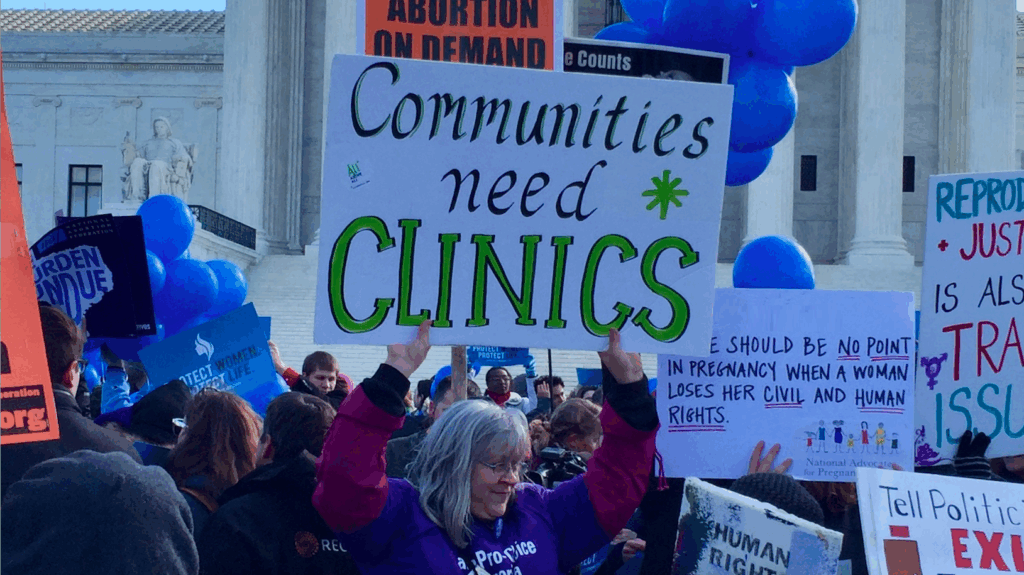






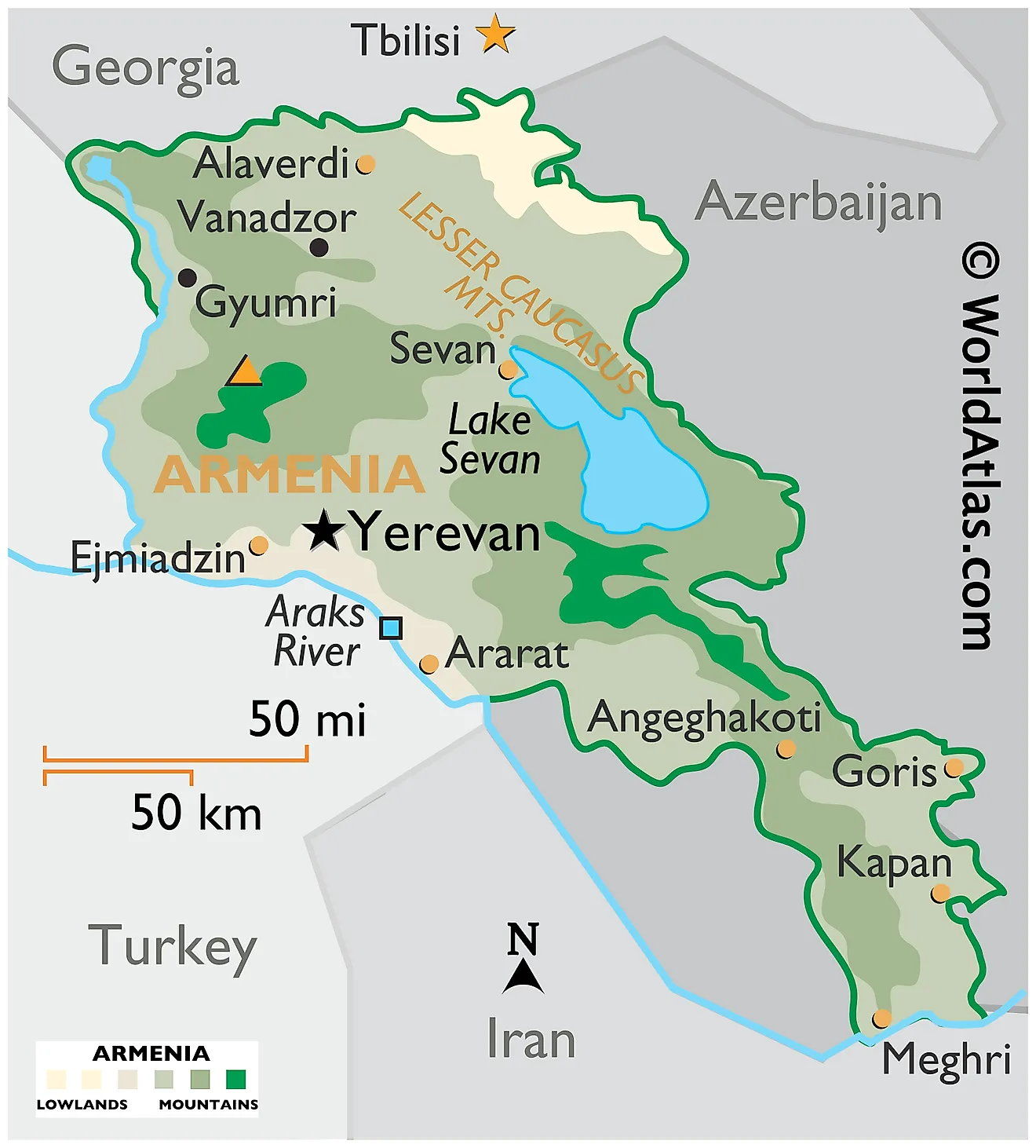









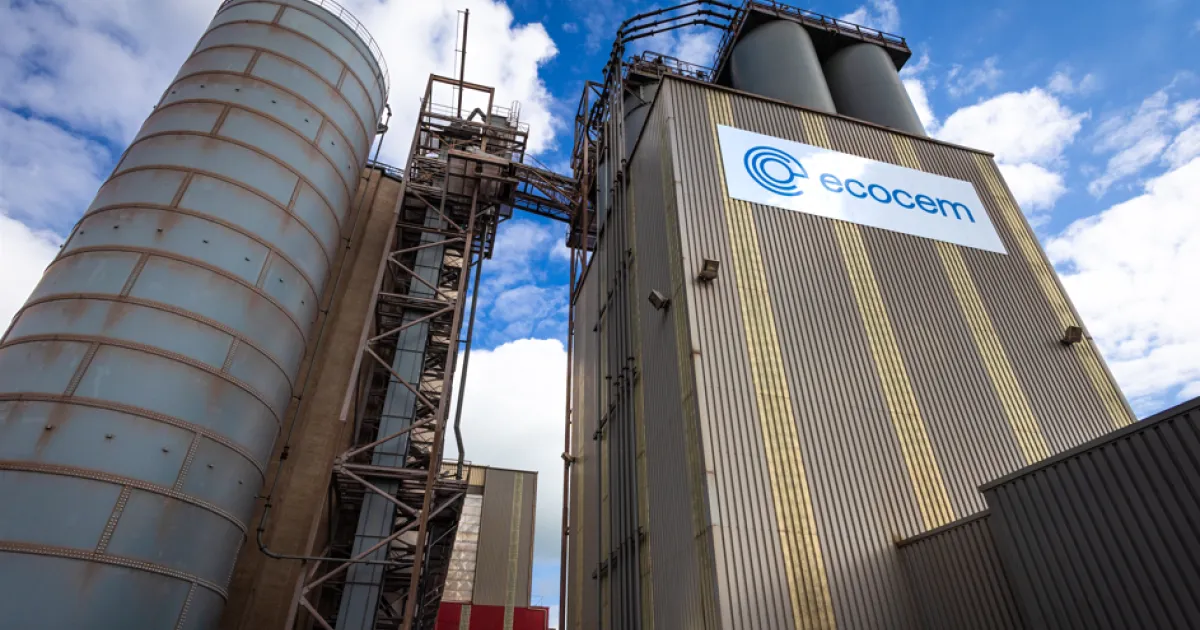


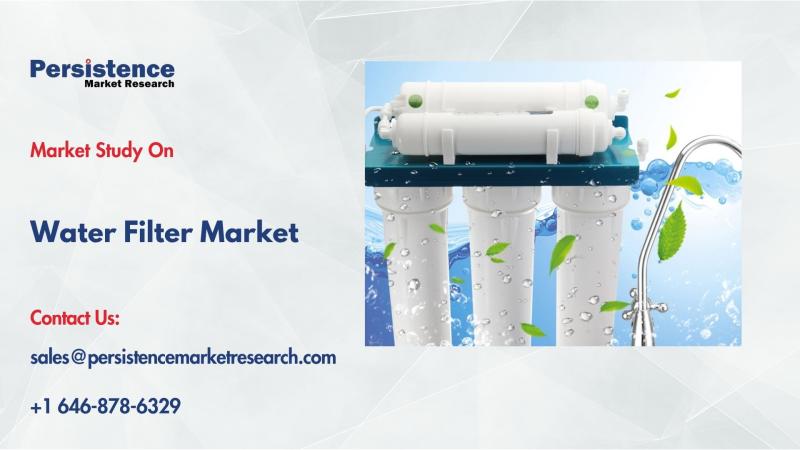


_1.png?#)




